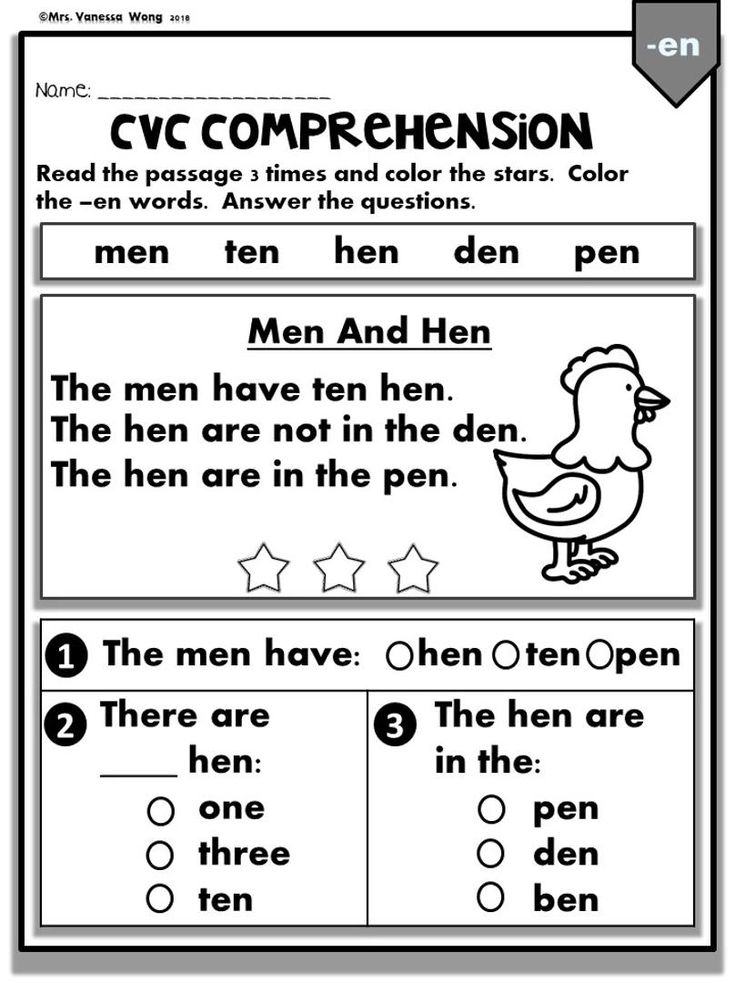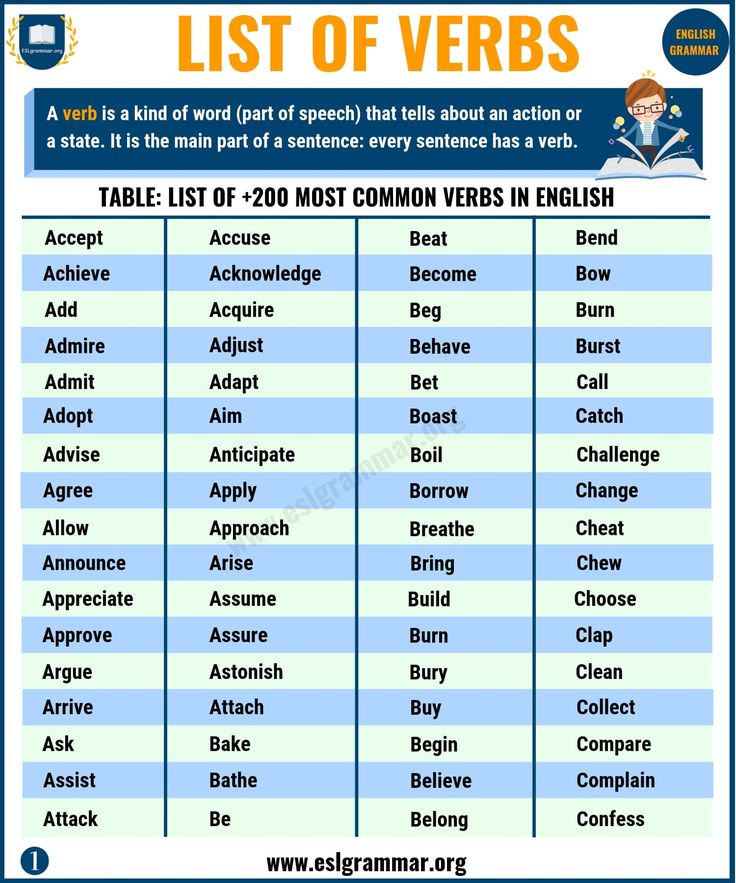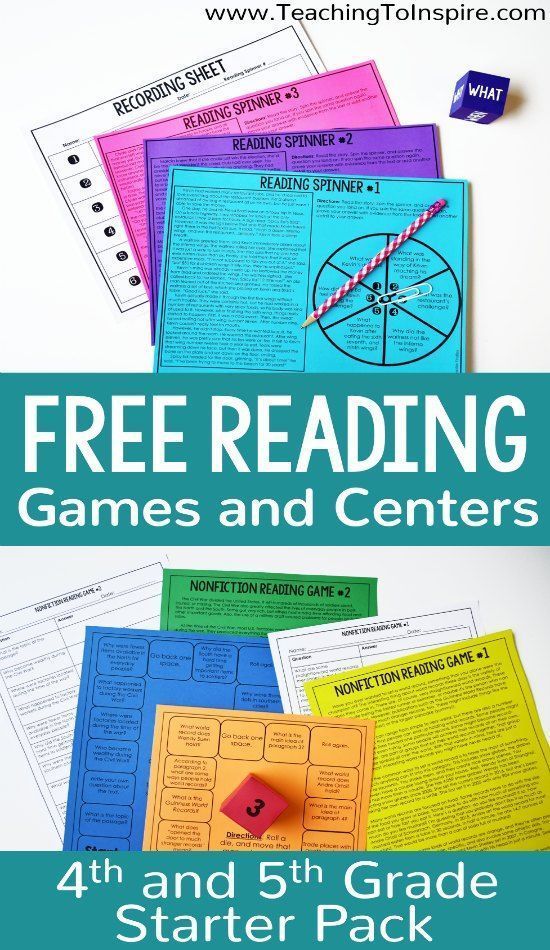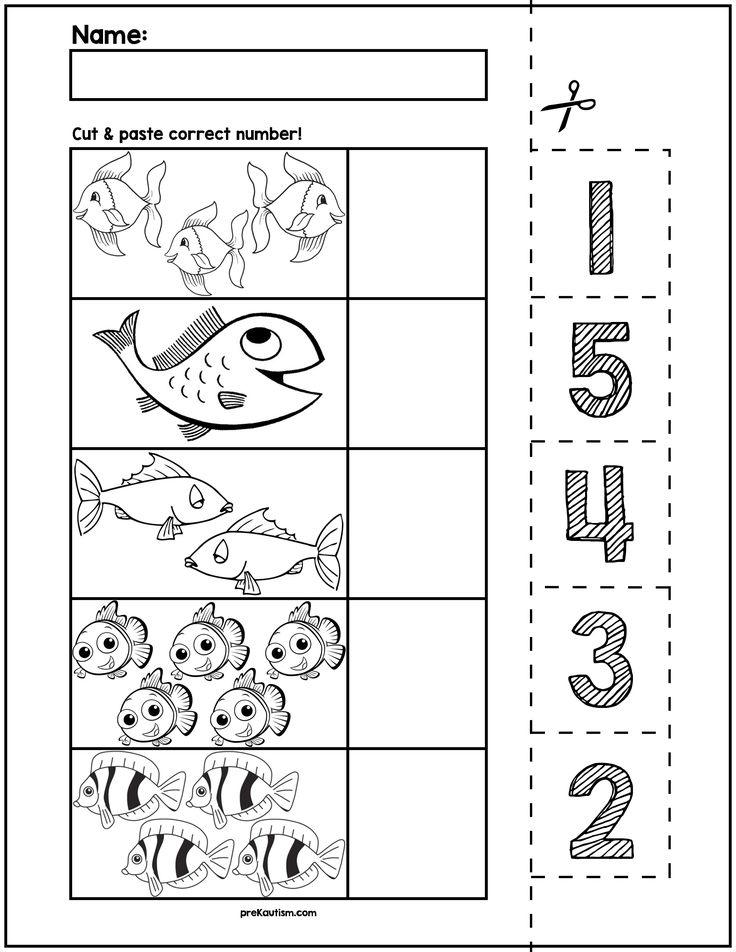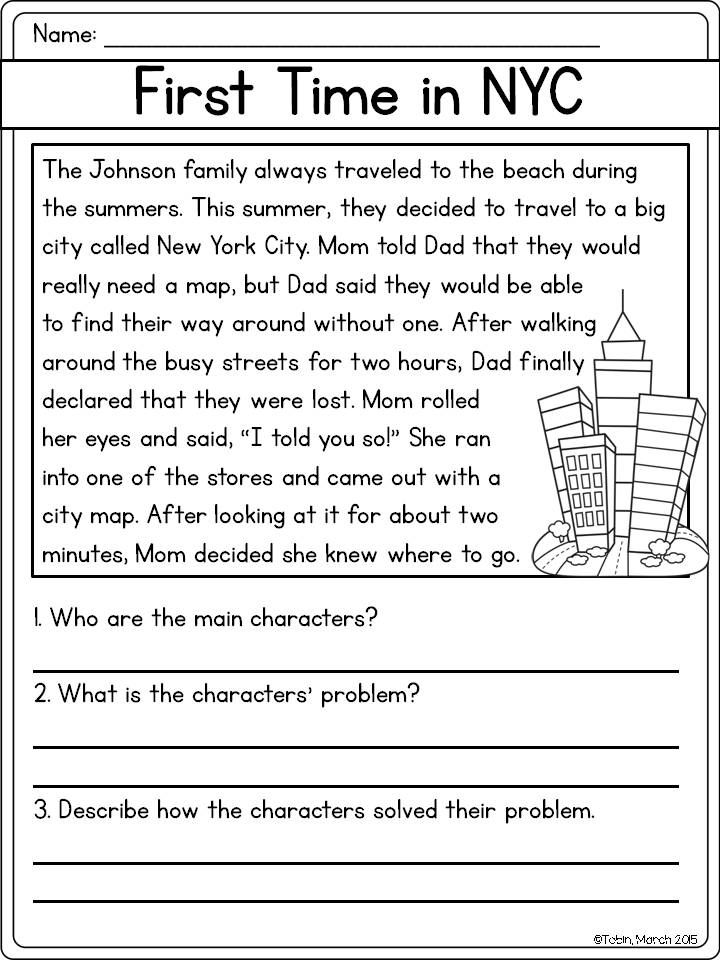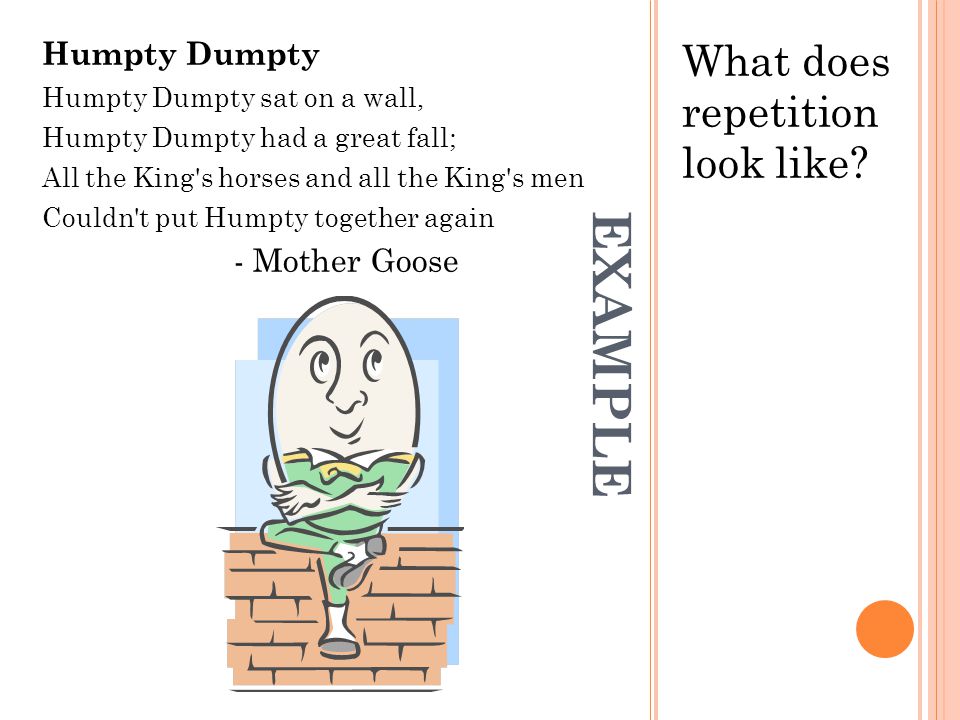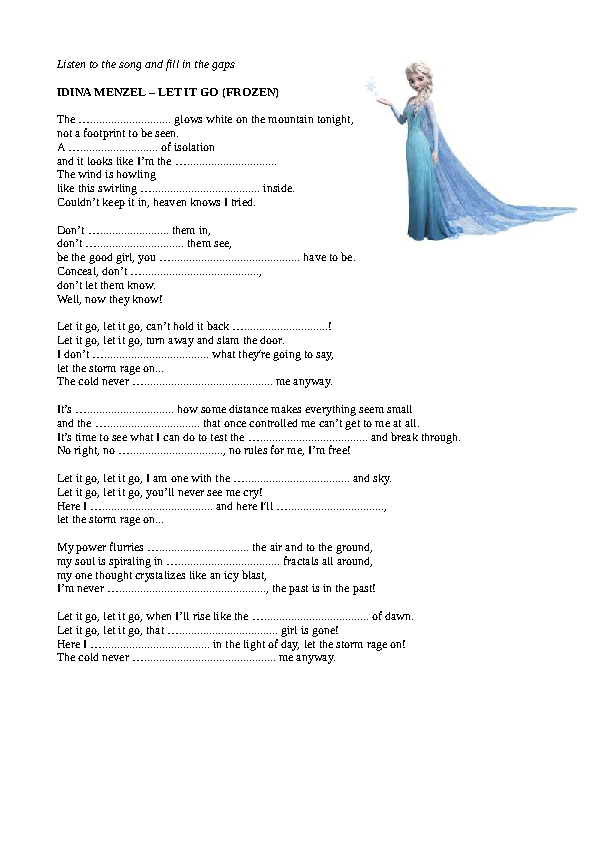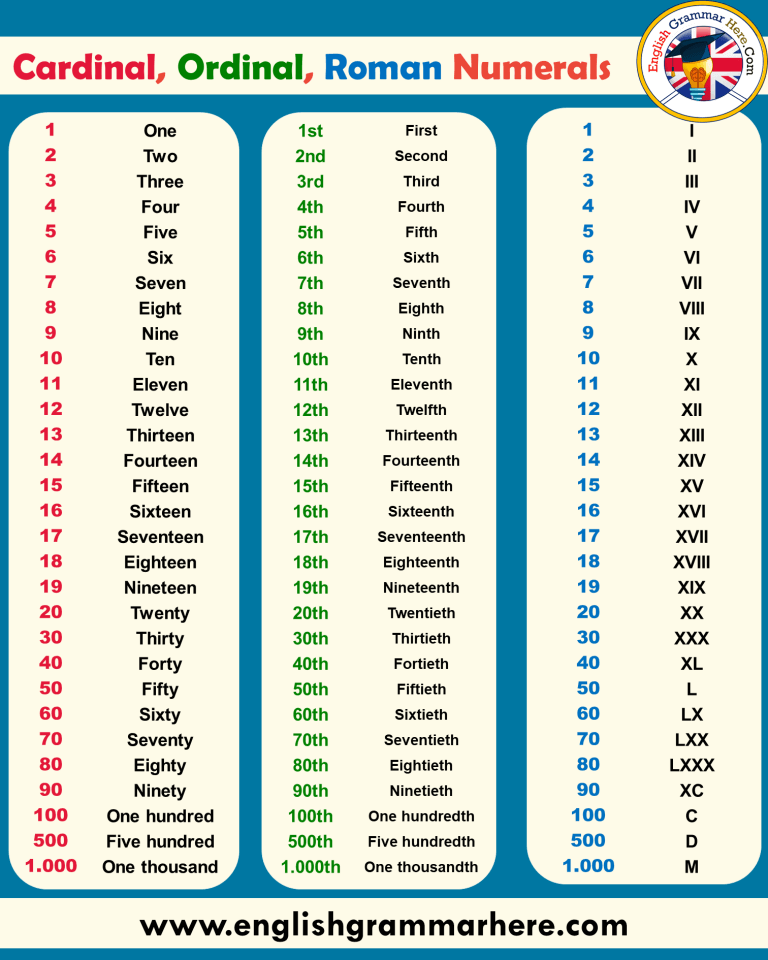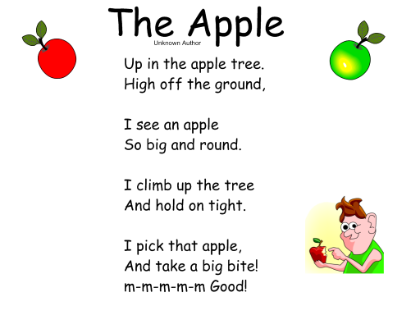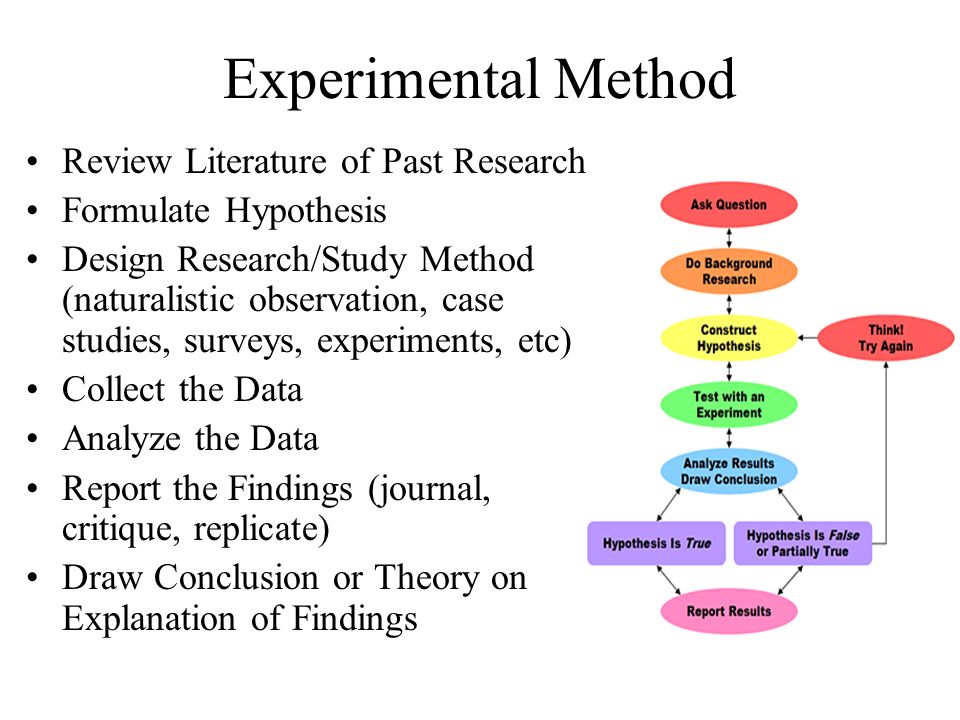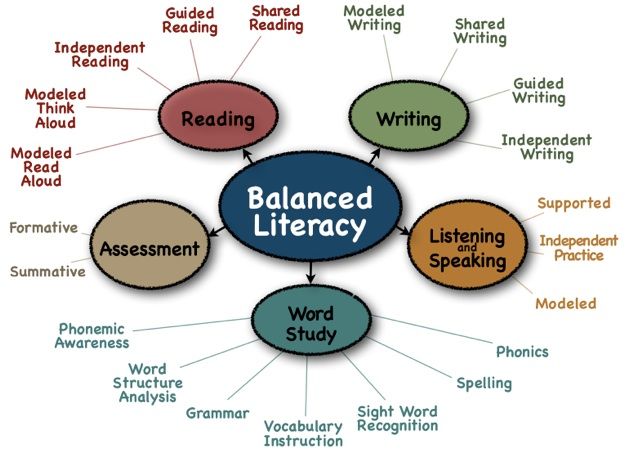Sight word stories for kindergarten
20 Sight Word Books for Kindergarteners
// by Rachel White
Preparing our littles to read on their own is an exciting time! In school, they'll receive sight word cards and have sight word practice, but at home, we want to encourage their reading development. Here are twenty sight word books you can pass along to your kindergarteners for their daily reading practice!
1. Curious George Sight Words
If you're looking for a bundle of sight word stories, Curious George has you covered! In this set, you'll find ten books tailored to pre-k through 1st grade level. The set includes sight word flash cards, a word chart, and stickers to track their progress. You'll definitely see an improvement in your child's reading skills with this set!
Learn more: Amazon
2. Nia the Narwhal Explores the Christmas Ocean
Explore the ocean and the coral reef with Nia the Narwhal and her fun cast of friends! You'll meet a starfish, a dogfish shark, and an electric ray. The book comes with coloring pages, highlights the common sight words your readers need to practice and has very simple sentences!
Learn more: Amazon
3. Porcupine Hugs
Perry the Porcupine loves hugs, but most animals are scared of his big quills! Perry and his friends must come to a solution. This high-frequency word book has the key sight words highlighted and is written in a rhythmic verse to help your emergent readers.
Learn more: Amazon
4. Siv the Three-Toed Sloth
Siv, the South American, three-toed sloth loves being a sloth! However, her one wish is to move faster. She can't help but imagine all the things she could do if she could only go a little faster. These are books parents love for their kindergarten students. The common sight words make this an excellent daily practice book.
Learn more: Amazon
5. Mermaid School
Join Molly on her first day of school and follow along as she makes new friends.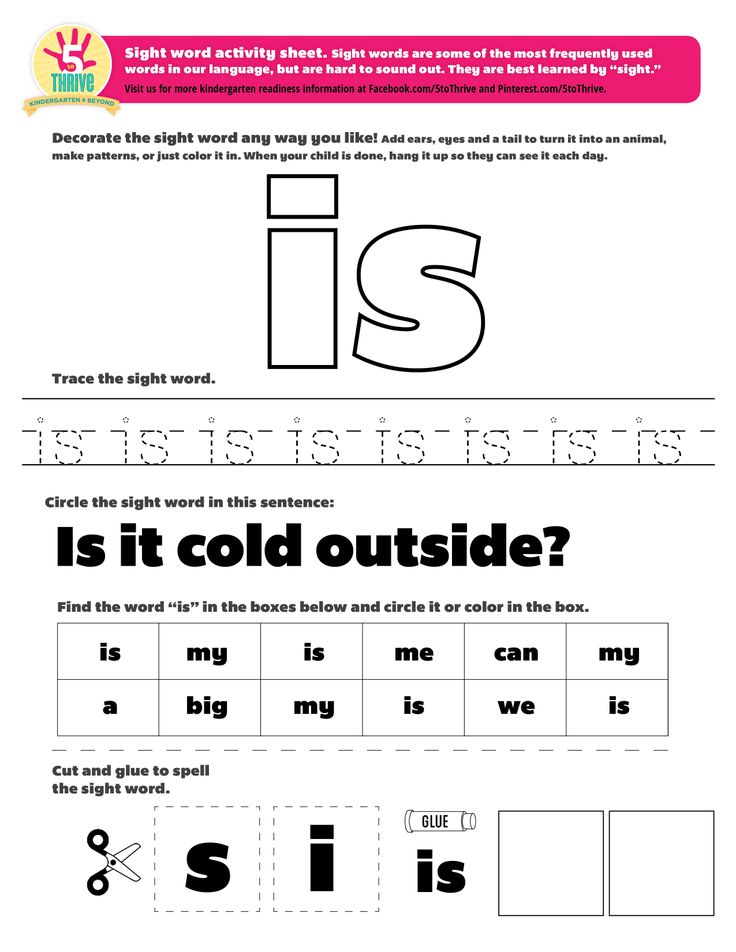 This book will help your littles prepare for their own first day of school and includes a mermaid school handbook for them.
This book will help your littles prepare for their own first day of school and includes a mermaid school handbook for them.
Learn more: Amazon
6. Yani the Unicorn and the Day Mommy Went to the Moon
Yani loves playing in the magical forest with her mom, but when her mom has to go visit her friend on the moon, Yani is all alone. At first, she feels sad, but then she decides to wander over to the Unicorn Valley. Along the way, she meets new friends and gains more confidence. This engaging sight word story will captivate your children and the short sentences will help them gain their own confidence!
Learn more: Amazon
7. How to Catch a Unicorn
If you spotted a unicorn at the zoo, would you know how to catch it? That's what the kids in this story have to figure out! Follow along as they try to catch the unicorn and the unicorn tries to escape.
Learn more: Amazon
8. Where Do Ninjas Go On Vacation?
When the ninjas are ready to disappear, where should they go? Should they go to the movies, the sand dunes, or an amusement park? This simple story is a great opportunity to practice sight words!
Learn more: Amazon
9.
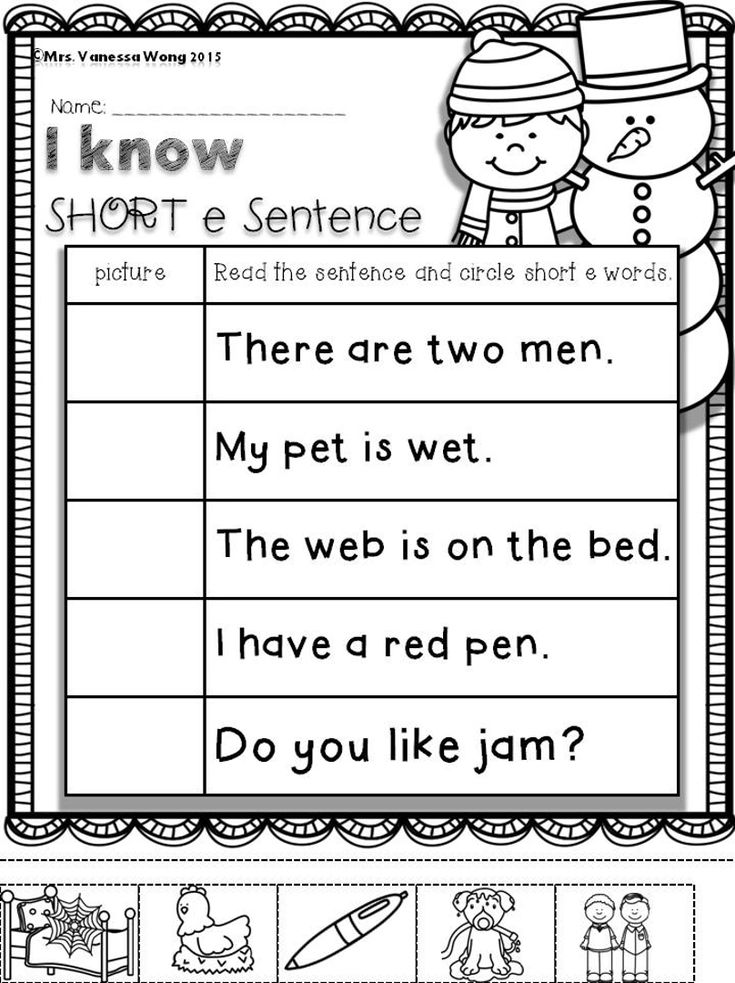 The Crayons’ Book of Numbers
The Crayons’ Book of Numbers Get ready for some sight words fun with this book of numbers and colors. Duncan's crayons are missing and he needs your help to count them up and collect them all!
Learn more: Amazon
10. Animalphabet
This beautiful book will take your sight word reader through the alphabet of animals. Each page has a question leading to the next animal and peekaboo holes to see if they guessed correctly.
Learn more: Amazon
11. Grumpy Monkey
This adorable book about Jim the chimpanzee is a great beginner reader book. Jim is in a very bad mood. Despite his friends trying to help him, he is just grumpy. Eventually, Jim has a full meltdown! Could that be what he needed all along?
Learn more: Amazon
12. Llama Llama Back to School
It's time for Llama to go back to school! Unfortunately, Llama loves summer! He's also feeling really nervous so his friends and mom try to help him feel better about the start of the new school year.
Learn more: Amazon
13. Pete the Cat: I Love My White Shoes
Pete the Cat takes a walk in his new white shoes. Along the way, his shoes start changing colors! As he's walking, his shoes change to match the color of whatever mess he stepped in. All is good for Pete though! The Pete the Cat books will give your child a reading experience they enjoy!
Learn more: Amazon
14. The Bad Seed
This seed is bad - REALLY bad. Learn all about what makes him bad and find out if he really wants to be bad or if he's willing to change!
Learn more: Amazon
15. Hi! Fly Guy
When boy and fly meet, everything is changed for both of them. They begin a friendship and together they'll go on many adventures! This beginner reader book is a fantastic series for your kindergartener to start!
Learn more: Amazon
16. My Busy Week
Review the days of the week and activities your children might do in this excellent book for littles! The predictable language and chantable verse make this a great sight word reader.
Learn more: Amazon
17. It's Time To Wake, Jake!
Teach your kids a little more about sports with this fun rhyming story about Jake the basketball player. This book has a five-star rating on Amazon and is adored by parents!
Learn more: Amazon
18. Ty's Travels: Beach Day!
Ty is so excited about a day on his very own beach! He's even more excited when a beach ball flies into his yard and he gets to enjoy the day with his new neighbor friend. This book will be a fun sight word reading experience for your littles and will get them excited for their own new adventures!
Learn more: Amazon
19. Max Explains Everything: Grocery Store Expert
Max's mom takes him to the grocery store all the time! Since he's been there so much, you can just call him the grocery store expert. In this hilarious book, Max guides you and gives you helpful tips on how to survive a trip to the grocery store! This is an excellent independent reading book!
Learn more: Amazon
20.
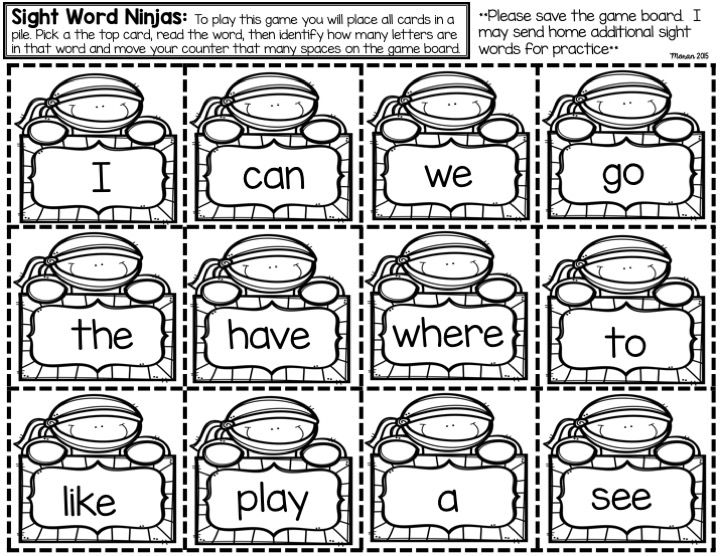 Zara's Big Messy Day (That Turned Out Okay)
Zara's Big Messy Day (That Turned Out Okay) Zara is having a hard day. She doesn't know how to control her emotions on a day like this. Then, Zara's mom teaches her a trick to calm down. This book is incredibly helpful for children learning about their own emotions and includes coloring pages and guided meditations.
Learn more: Amazon
Related posts:
Category: Classroom Ideas
FREE Printable Primer Sight Words Books for Kindergarten
FREE Printables • Kindergarten • Kindergarten Language Arts • Language Arts • Sight WordsJuly 13, 2022
by Beth Gorden
Learn primer sight words to help kindergartners continue to increase their reading abilities! Preschool, pre-k, kindergarten, and first graders need lots of practice to master these kindergarten sight words. These handy sight words books printable booklets allow kids to learn, practice and review. Simply print the primer sight words books pdf to practice and build fluency!
Kindergarten sight words books
In this kindergarten sight word printable pack, there is a separate mini book for each of the primer sight words.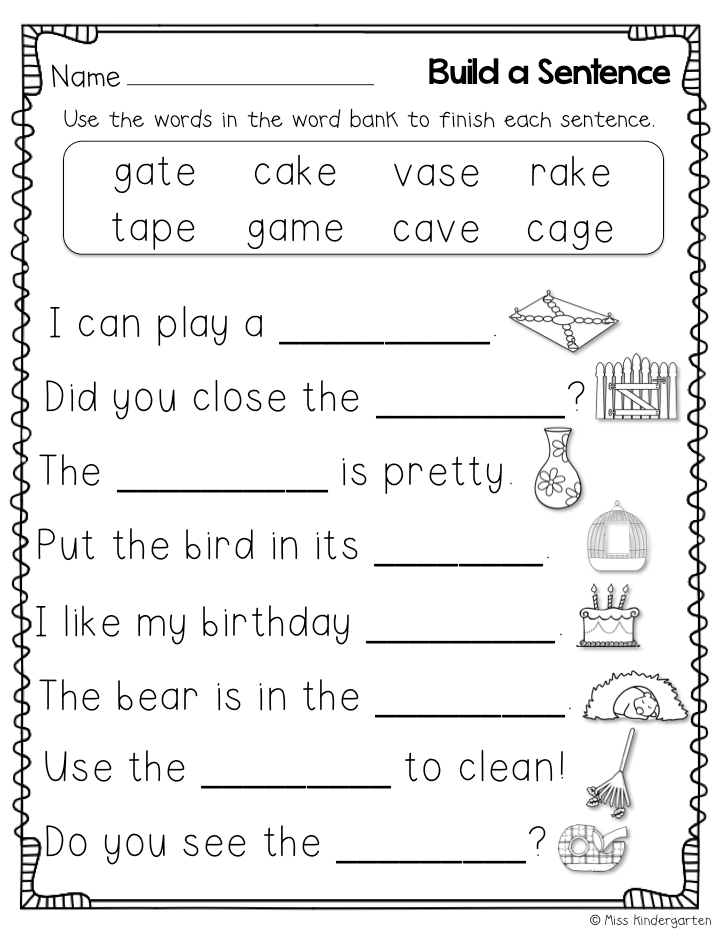 That is a total of 52 mini primer sight words books that can be used to help children learn their sight words. With this sight word stories for kindergarten booklet that comes completely in black and white, children will be reading, writing and drawing all while learning their sight words.
That is a total of 52 mini primer sight words books that can be used to help children learn their sight words. With this sight word stories for kindergarten booklet that comes completely in black and white, children will be reading, writing and drawing all while learning their sight words.
Primer Sight Words Books
Start by scrolling to the bottom of the post, under the terms of use, and click on the text link that says >> _______ <<. The pdf file will open in a new window for you to save freebie. Now print off the pages of the books. The pages come in black and white, with four pages per letter sheet. There are two letter sized pages for each word, making a total of seven pages for each mini book. These pages will need to be cut out and stapled together.
Sight word stories for kindergarten
Young children will enjoy completing the activities in these books. They can use all the books in any order, allowing them to concentrate on the ones they are having difficulty with.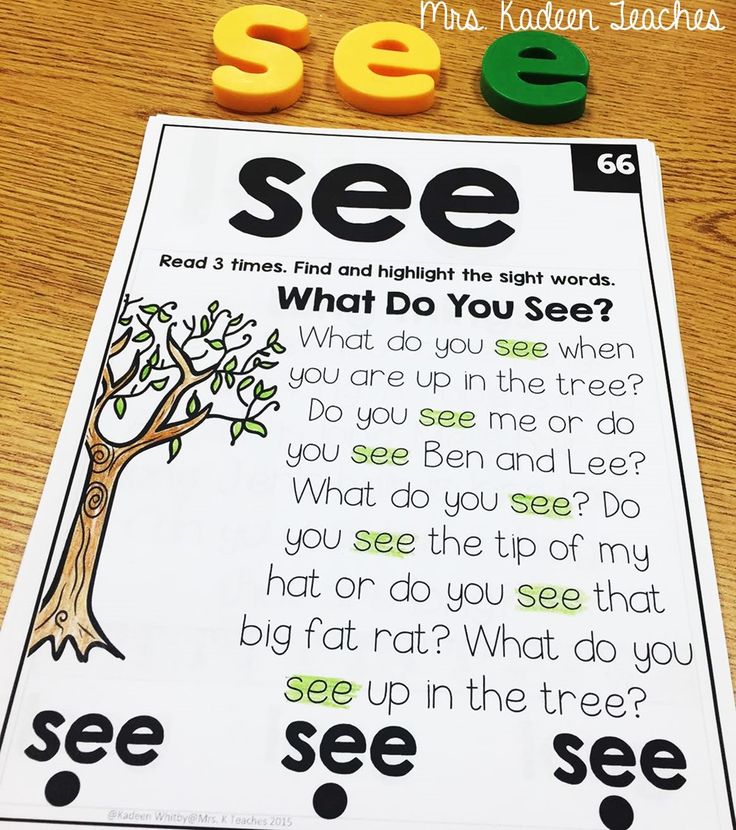
Sight word stories printable
Each book includes the following activities:
- A cover page which contains the sight word that they can read as well as a place for them to write their name
- The second page has the word that they can read and then they will trace the word multiple times
- There are two pages that contain the word in a sentence with a picture that children can read and color in
- The next page contains boxes where they could write the letters of the word on their own or they can use the boxes on the last page to cut out and paste in these squares
- Following this, there is a page for them to write a sentence using the sight word
- Lastly, there is a page for them to draw a picture that relates to the sentence they wrote, or they could practice writing the sight word in the box on this page
Primer Sight Words
Once all the pages are completed, they can staple their sight word mini book together and use for reference as needed.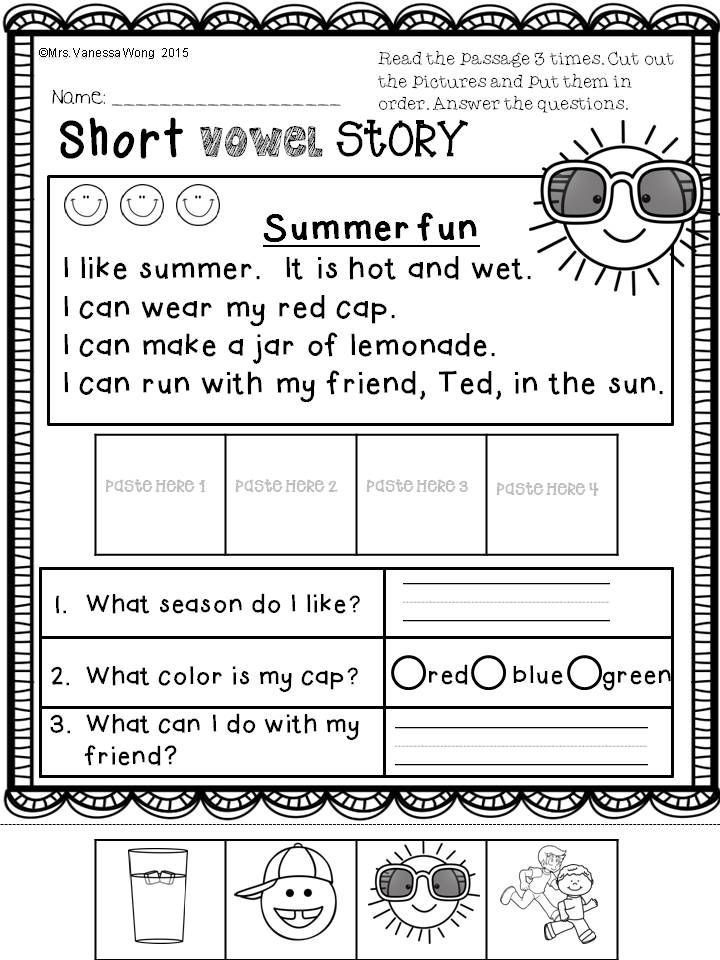
The sight words in this pack include: all, am, are, at, ate, be, black, brown, but, came, did, do, eat, four, get, good, have, he, into, like, must, new, no, now, on, our, out, please, pretty, ran, ride, saw, say, she, so, soon, that, there, they, this, too, under, want, was, well, went, what, white, who, will, with and yes.
You can grab the Pre-primer sight words books
Preschool Sight Words Activities
Free pre k sight words activities to make learning fun:
- Free Printable Sight Words List
- Sight word bingo free printable
- Sight Words Construction games for Kids
- Crazy Roads Preschool Sight Words Game
- Cut & Paste Worksheets – pre primer sight word sentences
- Penguin Sight Word Maze
- Christmas Sight Words – Read & Dab Mats
- Summer Free Sight Word Games
- Rocketship Sight Words
- Chocolate Box Preschool Sight Words Activity
- Valentine Color by Sight Word Worksheets
- Monster free printable sight word worksheets
- more preschool sight word activities
- Reading the EASY Way – Pre School Reading Program
Kindergarten Sight Words
Looking for more fun, hands on kindergarten sight word worksheets, games, and activities? Check ideas these out:
- Farm Printable Sight Word Games
- Pumpkin Sight Words Game
- Dinosaur Sight Words Activity
- Free Christmas Sight Word Worksheets
- Blackout Sight Word Game
- Free Sight Word BINGO
- Battleship Sight word games
- Summer Mazes – Sight Word Worksheets
- Read! Trace! Write! – building sentences with sight words
- Rapunzel Sight Word Coloring Pages
- Arctic Animals Sight Words Game
- Sight Word Groundhog Day worksheets
- Free printable sight word books
- Color by Sight Word Christmas
- Thanksgiving sight word coloring pages
- Train Sightwordsgame
- Popcorn sight words printables
- Apple Sight Words Tree Activity
- Gingerbread Sight Word Coloring Sheets
- Color by Sight Word Spring Reader
- Easter Sight Words Maze Worksheets
- Peacock Kindergarten Sight Words Activity
- Crazy Roads – Kindergarten Sight Word games
- Flower Sight Word Maze Worksheets
- Ocean Sight Words Worksheet
- Kindergarten Sight Words Christmas Activity
- Candy Cane Sight Words Activity
- Winter Free Sight Word Worksheets
- plus lots more kindergarten sight words activities
- Kindergarten Reading the EASY Way – ways to master kindergarten sight words
- Free Printable Sight Words List
- Bug Sight Word Games
Looking for more fun, creative ways you can begin your free homeschool? We have over 1,000,000 pages of FREE Printable Worksheets including resources for: pre k worksheets, kindergarten worksheets, 1st grade worksheets, 2nd grade worksheets, 3rd grade worksheets, 4th grade worksheets, 5th grade worksheets, 6th grade worksheets, and more. Plus see our history lessons for kids, hands-on countries for kids, printable math games, language arts worksheets, sight word worksheets, free alphabet printables, and cvc word activities for kids of all ages!
Plus see our history lessons for kids, hands-on countries for kids, printable math games, language arts worksheets, sight word worksheets, free alphabet printables, and cvc word activities for kids of all ages!
Kindergarten sight word printable
By using materials from my site you agree to the following:
- This is for personal use only (teachers and coops please see my TPT store)
- This may NOT be sold, hosted, reproduced, or stored on any other site (including blog, Facebook, Dropbox, etc.)
- All materials provided are copyright protected. Please see Terms of Use.
- Graphics Purchased and used with permission
- I offer free printables to bless my readers AND to provide for my family. Your frequent visits to my blog & support purchasing through affiliates links and ads keep the lights on so to speak. Thanks you!
>> Free Sight Word Booklets <<
You may also like
December 9, 2020
April 28, 2019
May 29, 2020
October 15, 2021
July 11, 2016
November 6, 2017
February 8, 2021
March 21, 2018
About the author
Beth Gorden
Beth Gorden is the creative multi-tasking creator of 123 Homeschool 4 Me.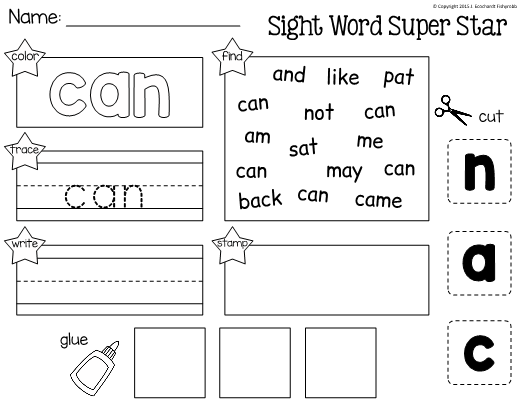 As a busy homeschooling mother of six, she strives to create hands-on learning activities and worksheets that kids will love to make learning FUN! She has created over 1 million pages of printables to help teach kids ABCs, science, English grammar, history, math, and so much more! Beth is also the creator of 2 additional sites with even more educational activities and FREE printables - www.kindergartenworksheetsandgames.com and www.preschoolplayandlearn.com
As a busy homeschooling mother of six, she strives to create hands-on learning activities and worksheets that kids will love to make learning FUN! She has created over 1 million pages of printables to help teach kids ABCs, science, English grammar, history, math, and so much more! Beth is also the creator of 2 additional sites with even more educational activities and FREE printables - www.kindergartenworksheetsandgames.com and www.preschoolplayandlearn.com
Fairy tales for kindergarten - read free online
Fairy tales for kindergarten - folklore and author's works that will captivate children from one and a half to two years old with their plot. Many of these fairy tales will migrate with children to the school desk. There is nothing surprising. Kind stories about peers, adults, forest animals and pets speak of simple things. These works do not just introduce the children to the world around them. They show young listeners a role model, develop the thinking of children and arouse their interest in learning.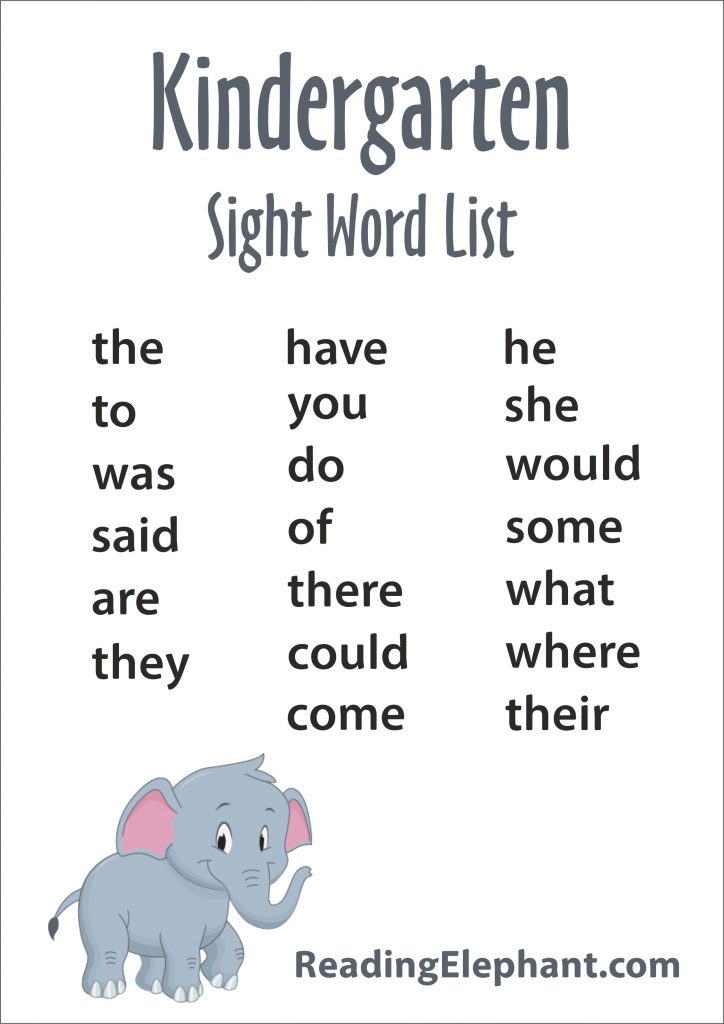
- Tales for the younger group
- Tales for the middle group
- Tales for the senior group
- Tales for the preparatory group
Sort by: The popularity of the reading of the School of Crane
Russian folk producers are Ivan-Durakalzhelsvodniy Pryspelpa children 7 years old yaguAbout good and evilAbout IvanAbout princessesFor schoolchildrenFor 2nd gradeFor 3rd gradeAbout KoshcheyFor kindergartenFor the senior group
Russian people's salesmen at the night of the consumption of children 2 gunsules of children 3 years of flying 4 years of flyer 4 Grandmother Grandmother Grandmother Old Group
Dominative Muscular Supervision of the Night of Animal Propes of Bear 2 Sitlies 3 years of good and schoolchildren of class 1 class 9000 9000 9000 9000 9000 9000 9000 nightIn verseFor children 12 years oldFor kindergartenFor senior groupFor preparatory group
Russian people's salesmen at the night of animal men of children 2 years of guest of children 3 years of flyer and Zlepro Mashuper Grandmother Group
Russian people's ears at the night of a wave of a woman-yagupro guseydl of schoolchildren of the 1st class of the middle group
9000 9000 9000Valentin cataless children 7 years 9 years About flowers For children 8 years old For schoolchildren For grade 2 For grade 3 For grade 4 For kindergarten For senior group
Alexander Volkovlyo Volkovo, the senior group of the senior group
Russian people's salescaps at night for the night of the bear of children 2 pilots Tolstoy Tolstoy Dobra and the Power of
Samuel Marshakpro are girlfriends of girlfriend 5 years of children 6 years of children 10 years old yearsFor children 12 yearsAbout the seasonsFor schoolchildrenFor grade 4For kindergartenFor the senior groupFor the preparatory group
Russian folk people of Ivan -Durakaskazy at the night of the wave of Knogatolstoy - Russian folk people and Zlepro brothers of schoolchildren of the 2nd class of grade 3 class of the senior group of the senior group
Charles Perepostratiopri children of children 6 years of flying 7 class 2 class 2 class 2 class 2 years old.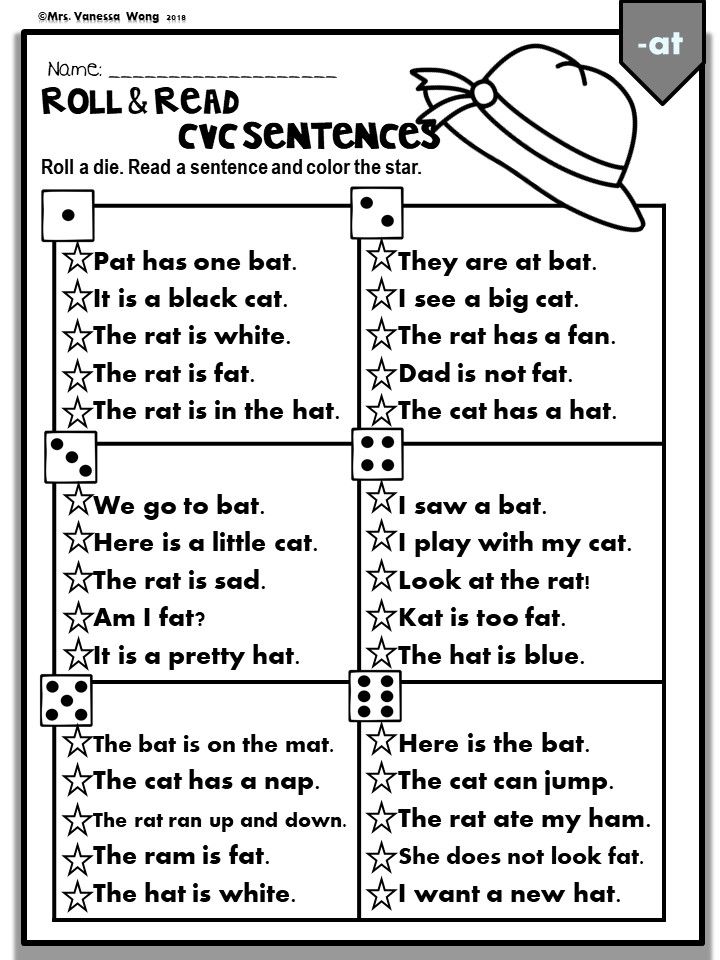 kindergartenFor preparatory group
kindergartenFor preparatory group
Vitaly BianchiFor children 4 years oldFor children 5 years oldKindFor kindergartenFor preparatory group
Russian people's markets at the night of the consumption of children 2 years of flying a baby
Tatyana Aleksandrovadl children 9 Letro are Babybolshishyna-Meshneshoyedl of the Children's Seglet of the Senior Group
Persons of the children of the children of the Bitters 3 Trades of the Persons 3 Trades 3. nightingaleHeroicFor schoolchildrenFor grade 4For kindergartenFor preparatory group
Alexey Tolstudlya boys of children 6 years of flyer 7 fatles of children 9 fatles of children 10 years of gold -painted friendship of the children's saddle of the preparatory group
Poems of Chukovsky Podelovsky children 4 gunsuits of 4 years of children Chukovsky -and -conservative groups 9000 children 8 years oldFor schoolchildrenFor 2nd gradeFor kindergartenYounger group
Hans Christian AndersenForeign writersFor girlsFor children 6 years oldFor children 7 years oldFor children 8 years oldFor kindergartenFor senior groupFor preparatory group
Show more
Organization and preparation of fairy tale dramatization with preschool children |
A fairy tale brings variety to the life of a child, gives him joy and is one of the most effective ways of developing speech, in which the principle of learning is most clearly manifested: teaching while playing.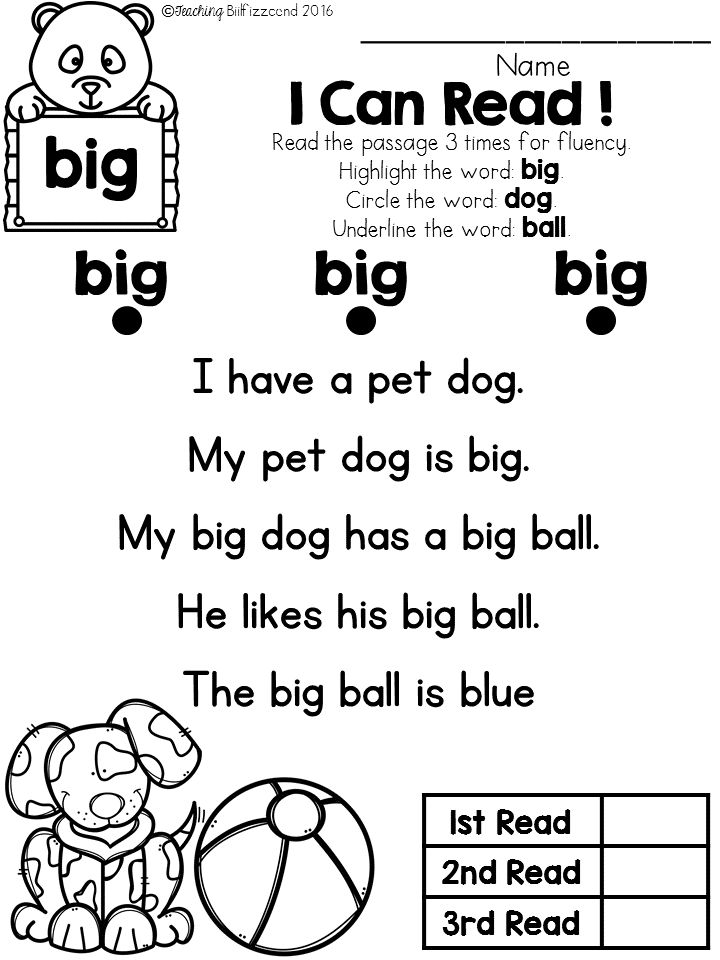
The peculiarity of the fairy tale is that the development of the personality of a preschooler occurs in harmony with the successful mastery of literate and coherent speech. A fairy tale is an integrative activity in which the actions of an imaginary situation are connected with real communication aimed at activity, independence, creativity, regulation by the child of his own emotional states.
Unfortunately, by the age of five many children today have a level of speech development that is below the norm. The level of transmission of emotional states is underdeveloped, artistic abilities, intonation, perception of various shades of speech do not correspond to an adult.
A fairy tale is an excellent way to eliminate all these problems. The very process of playing a fairy tale is closely related to all sections of the program, which include the development of the speech of preschool children. Playing a fairy tale - contributes to the activation of different aspects of children's speech:
Dictionary;
Grammar;
Dialogical and monologue speech;
Improving the sound side of speech.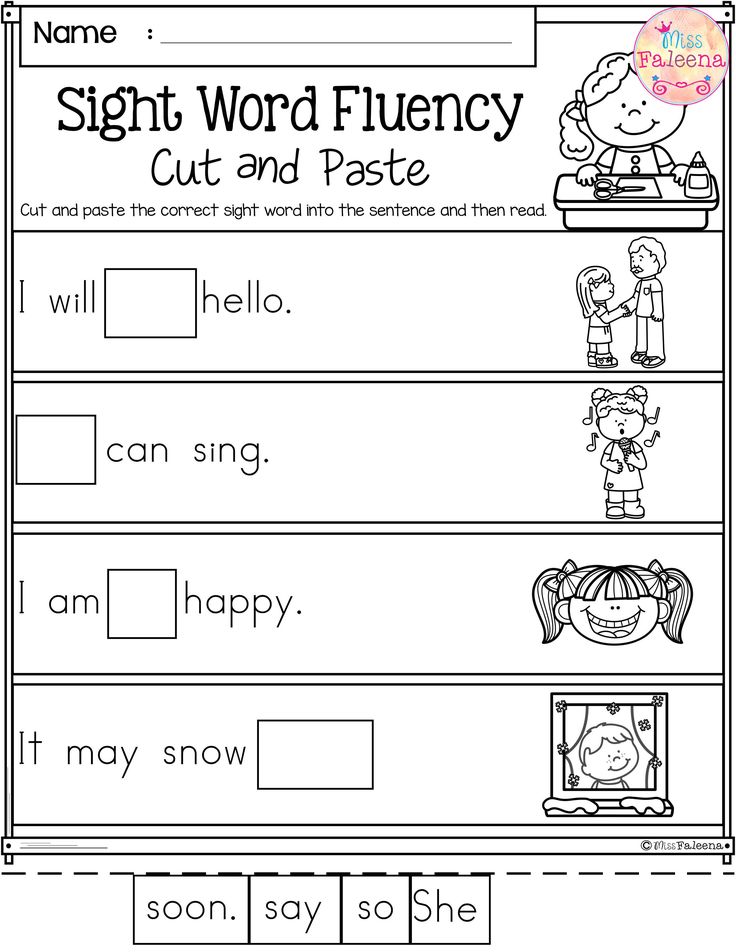
A new role, especially the dialogue of characters, puts the child in front of the need to express himself clearly, clearly, and understandably. His dialogic speech, its grammatical structure improves, he begins to actively use the dictionary, which, in turn, is also replenished.
Participating in theatrical activities, children get acquainted with the world around them in all its diversity through images, colors, sounds, and correctly posed questions make them think, analyze, draw conclusions and generalizations, and contribute to the development of mental abilities.
Theatrical activity creates conditions for the development of creative abilities. This type of activity requires from children: attention, ingenuity, speed of reaction, organization, ability to act, obeying a certain image, transforming into it, living its life. Therefore, along with verbal creativity, dramatization or theatrical production is the most frequent and widespread type of children's creativity. V.G. Petrova notes that theatrical activity is a form of living out the impressions of life, lies deep in the nature of children and finds its expression spontaneously, regardless of the desire of adults.
V.G. Petrova notes that theatrical activity is a form of living out the impressions of life, lies deep in the nature of children and finds its expression spontaneously, regardless of the desire of adults.
The greatest value of children's theatrical activity lies in the fact that dramatization is directly related to the game (L.S. Vygotsky N.Ya. Mikhailenko), therefore it is the most syncretic, i.e. contains elements of the most diverse types of creativity. Children themselves compose, improvise roles, stage some ready-made literary material.
It is theatrical activity that is a unique means of developing the artistic and creative abilities of children. The solution of problems aimed at the development of artistic and creative abilities requires the definition of a different technology, the use of theatrical techniques and their combinations in a holistic pedagogical process.
At the same time, in practice, we observe that the developing potential of theatrical activity is not used enough.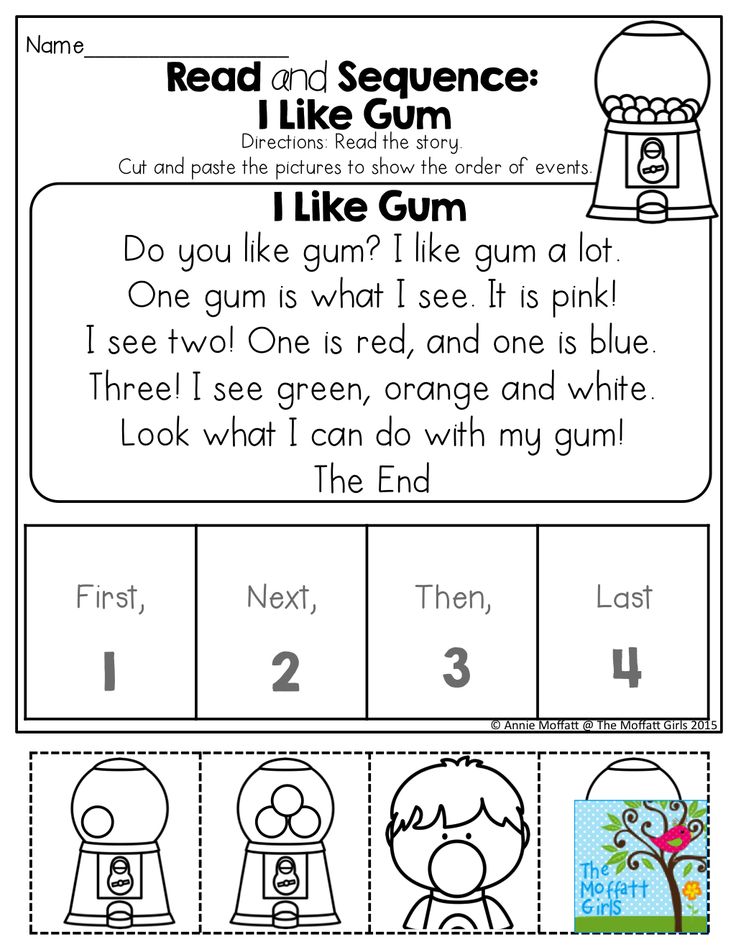 How can this be explained?
How can this be explained?
1. Lack of study time, i.e. the overall workload of educators.
2. Introduction to the theater is not of a mass nature, which means that some children remain outside this type of activity.
3. Misunderstanding of the importance of theatrical activities for the development of the child.
- Preschoolers have no experience of perceiving theatrical art. There is an unsystematic and superficial acquaintance with the theater in kindergarten and in the family, which forms in children ideas about the accessible perception of the stage design of works without special knowledge.
- Theatrical games are used mainly as a "spectacle" at the holidays. The child is taught to be a "good artist", to memorize the text, intonations, movements. However, the skills mastered in this way are not transferred to free play activities.
6. Non-interference of an adult in a theatrical game. Children are left to themselves, the teacher prepares the attributes for the theater.
The same type of caps - masks, elements of the costumes of the heroes pass from group to group. This attracts younger preschoolers because of the opportunity to change clothes, but does not satisfy the older preschooler, because it does not correspond to his cognitive interests, the level of development of mental processes, and the possibilities of self-realization in creative activity. The result is a complete lack of theatricalization in the play experience of children aged 5-7 years, if they have an interest in this activity and need for it.
A contradiction arises: on the one hand, art history and pedagogy recognize the importance of theater in the emotional and creative development of the child. On the other hand, there is a shortage of theatrical art in the lives of children.
Overcoming this contradiction is possible only by providing a synthesis of theatrical activities by introducing children to the theater as an art form and organizing theatrical and play activities of the children themselves.
By its nature, theatrical art is closest to the children's role-playing game, which develops as the basis for the relatively independent functioning of the children's community and by the age of 5 takes the position of the leading activity of children. Similar are the forms of organization of these processes: the game - role-playing and acting.
Theatrical activity meets the psychological characteristics of preschool age, satisfies the child's basic need - the need for play and creates conditions for the manifestation of his creative activity.
The musical component of theatrical performances expands the developmental and educational possibilities of the theater, enhances the effect of emotional impact on both the mood and attitude of the child, since the coded musical language of thoughts and feelings is added to the theatrical language of facial expressions and gestures. The natural predisposition of preschoolers to singing and movement explains their keen interest in the perception of a musical and theatrical performance and participation in it with pleasure.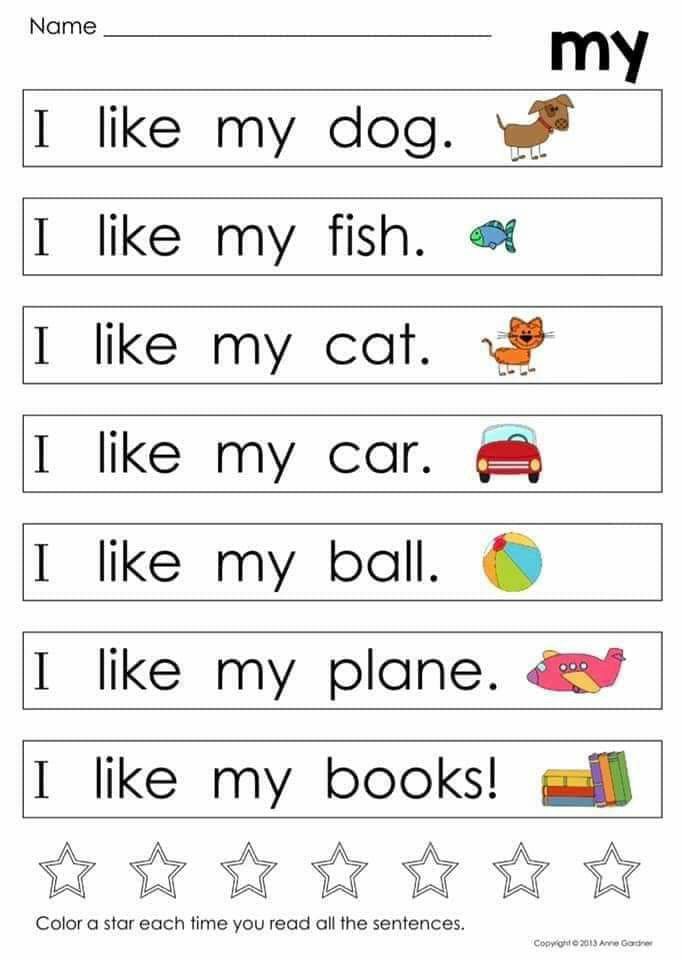
The process of creating (staging) a musical fairy tale is time-consuming, but interesting, requiring painstaking work from teachers. The main purpose of creating a musical fairy tale with preschool children is to develop the ability of children to freely perceive the world around them creatively.
Stage 1 "Choosing a work"
A fairy tale is a collective work, therefore the choice of a fairy tale must be collective. Since children do not have a rich literary baggage, the teacher brings up known and unknown fairy tales for discussion, skillfully directing the search process. It is necessary to take into account the abilities and characteristics of the children's team. Since the preparation of a fairy tale requires a lot of time and creativity, it is better if the fairy tale corresponds to the theme of the next holiday, entertainment. This will save the strength of children and adults, will give every child the opportunity to be an artist and feel their importance.
Stage 2 “What kind of fairy-tale hero is he?”
Work on the characters of a fairy tale contributes to the development of mental processes - memory, imagination, fantasy, speech. Formation of musicality, musical culture, which is part of the general culture. In the process of work, you can rely on the imagination of children, on the personal experience of the child and memory. The teacher offers to tell and show how he imagines this character. Since the personal experience of children is not yet great, we correct and help, suggest the most striking individual traits, features of the character. They help me with this:
Etudes for facial expressions
- For example: work with cards of emotions with a brief description of them: “The hare was frightened”, “Offended hare”, “Brave hedgehog”, “Angry wolf and bear”, “Cunning fox”.
- reception “Choose a card”, “Who is it?” - one child shows an emotion with facial expressions, and all children choose a suitable card.
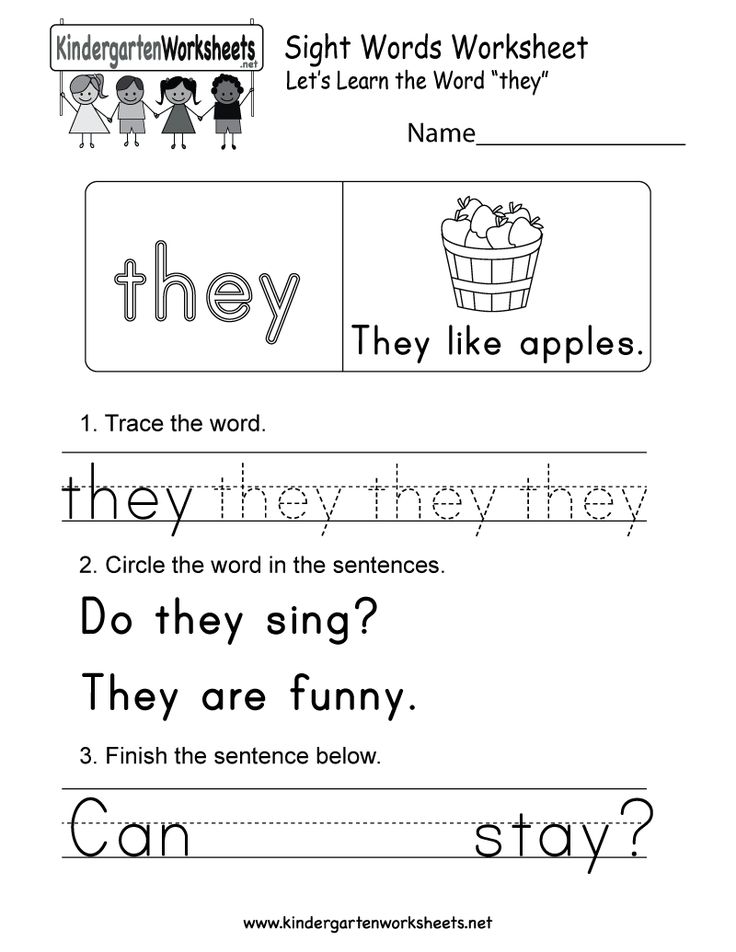
Etudes for movement
- For example: “The fox is walking” - walk on “soft paws”.
- "Save the Bunny", "Delicious Jam", "Dance of the Animals", "The Bees are Working", "Mowing the Hay", "Let's Go by Bus".
- reception “Guess who it is?” - one child shows, the other names (guesses) the character of the fairy tale.
The child begins to understand that if you have a good idea of the subject in question and say it expressively, then the text is remembered better and faster. Interaction with partners and participation in the performance becomes more and more exciting. Knowing and imagining their hero well, being able to speak clearly and expressively in his words, children can easily cope with the mimic solution of the image. Of course, some still need help to “wake up” the muscles of the face and teach the face to be happy, sad, angry, and laugh. The psycho-gymnastics of M.I. Chistyakova will help the teacher in this. Each character has its own special creative characteristic. The brightness of the image is achieved in various ways, including musical ones.
Each character has its own special creative characteristic. The brightness of the image is achieved in various ways, including musical ones.
Stage 3 "Formation of the cast (role distribution)"
For some time children are immersed in the magical world of music and fairy tales, create it themselves, learn to watch and listen. During this time, the following is formed:
a group of soloists;
- acting group;
- dance group.
Children's desires, range of interests are indicated, addictions are revealed. The guys tried themselves in all roles - animate and inanimate. We played in different episodes. Now it's time to take responsibility for a specific role in order to bring the performance to the viewer. Children are given the opportunity to try themselves in one role or another. In the process of performance, the child evaluates himself. On the other hand, his comrades appreciate him. The team of children expresses their wishes, determines their sympathies.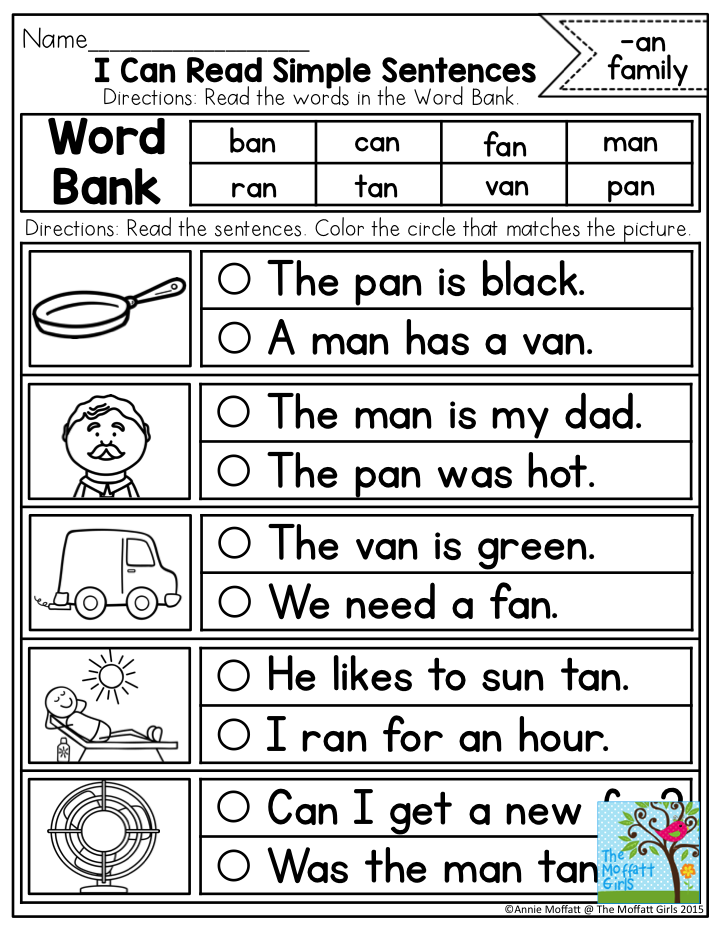 The joint choice of children and teachers determines the performer of a particular role. The last costume rehearsal is underway.
The joint choice of children and teachers determines the performer of a particular role. The last costume rehearsal is underway.
Stage 4 "Introduction to the musical arrangement of the performance"
Artistic word and music complement each other, enhance the impressions of what they hear, encourage children to pick up pencils or paints and express their impressions on paper, in motion, in a solo vocal number.
All the musical material that the child encounters during the performance develops musical memory. Music for listening and music for performance require memorization in order to follow the progress of the performance, interact with partners, remember your musical theme and perform it during it. To find a plastic solution to the image of some heroes, choreography is necessary. Children learn to convey an image in motion by performing various etudes at the stage of “dance creativity”, as part of music lessons.
Stage 5 "Creating the stage space"
Creating a stage space requires children to be able to navigate.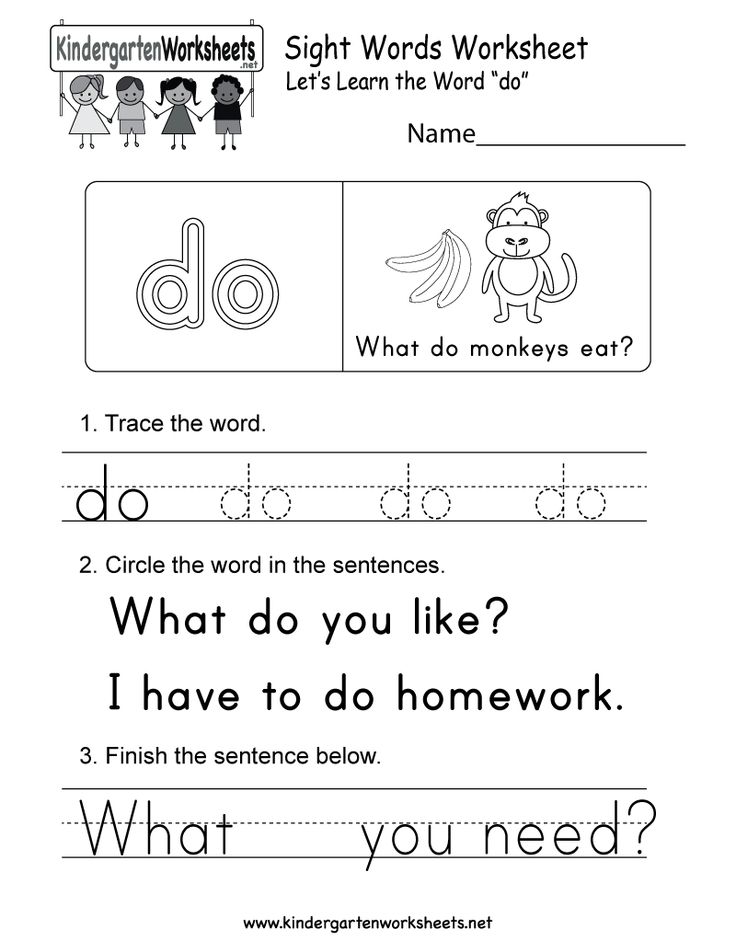 Determine the boundaries of this action, divide the space into sectors, lines, the main scene of action. Know the sides: left, right, back, forward, diagonally. Determine the middle and edges. Rebuilding exercises contribute to the development of orientation. In order to better imagine the pattern of rebuildings, children are offered a visual row of pictograms. Having learned to see and understand space, children quickly find a place for themselves, partners and objects with which they need to interact. Children's improvisation and associative thinking come into play. There is a need to use objects (both decorations and objects - substitutes). Interaction with partners leads to the compilation of mise-en-scenes.
Determine the boundaries of this action, divide the space into sectors, lines, the main scene of action. Know the sides: left, right, back, forward, diagonally. Determine the middle and edges. Rebuilding exercises contribute to the development of orientation. In order to better imagine the pattern of rebuildings, children are offered a visual row of pictograms. Having learned to see and understand space, children quickly find a place for themselves, partners and objects with which they need to interact. Children's improvisation and associative thinking come into play. There is a need to use objects (both decorations and objects - substitutes). Interaction with partners leads to the compilation of mise-en-scenes.
It remains for the teacher, without imposing his vision, to jointly “settle in” the space with the children. Decoration elements, props find their exact place on the site during the rehearsal of episodes (mise-en-scenes). And the elements of the costume find their artist.